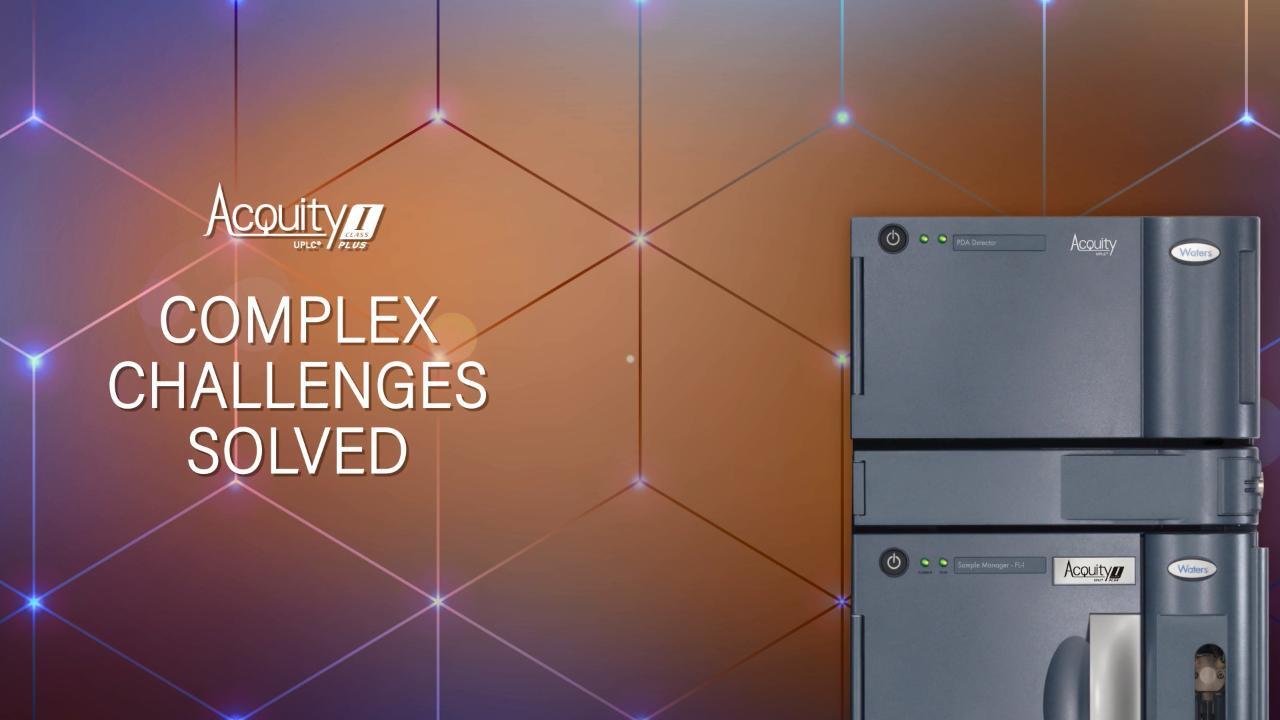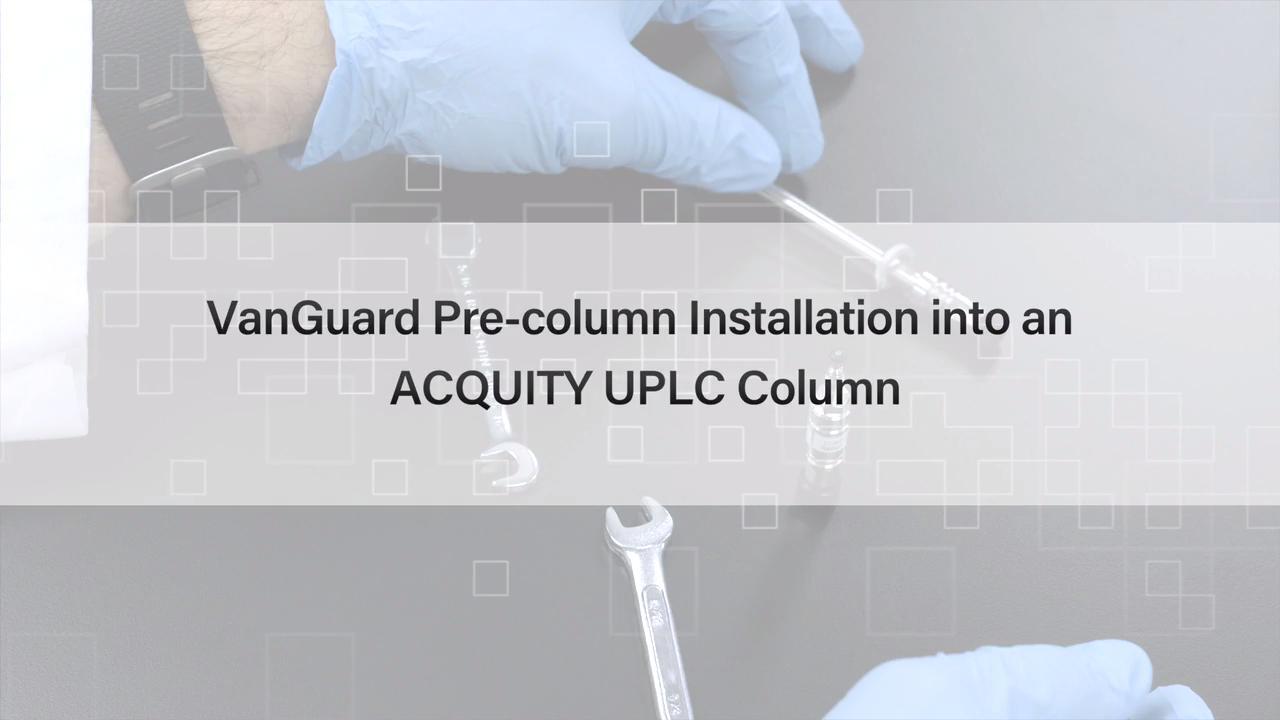Waters UPLC Technology: Complete Beginner's Guide
1. What is UPLC?
Ultra Performance Liquid Chromatography (UPLC) is an advanced form of liquid chromatography that enables rapid, high-resolution separation of chemical mixtures. Developed as a next-generation technique beyond High Performance Liquid Chromatography (HPLC), UPLC uses smaller particle sizes in the chromatographic columns, typically less than 2 microns, allowing for higher pressure operation and improved performance.
Waters Corporation is a leading manufacturer of UPLC systems, offering robust, reliable instruments that have become a standard in analytical chemistry labs worldwide. Waters UPLC technology is widely used in pharmaceuticals, food safety, environmental analysis, and many other fields where sensitive and precise chemical analysis is required.
2. How UPLC Works
The core principle of UPLC is very similar to traditional liquid chromatography: separation of components in a mixture based on their interactions with a stationary phase (column packing material) and a mobile phase (solvent). However, UPLC utilizes columns packed with sub-2-micron particles and systems capable of operating at much higher pressures (up to 15,000 psi or more) compared to HPLC.
These smaller particles provide a greater surface area for interaction between analytes and the stationary phase, resulting in sharper peaks and better resolution. The high pressure pumps ensure the mobile phase moves efficiently through the tightly packed columns, maintaining fast analysis times without sacrificing data quality.
UPLC systems employ precise solvent mixing, temperature control, and sensitive detectors (such as photodiode array or mass spectrometry) to achieve reliable and reproducible results.
3. Waters UPLC Advantages
- Speed: Waters UPLC reduces run times significantly—analyses that took 30–60 minutes on HPLC can often be completed in under 10 minutes.
- Resolution: Smaller particle sizes lead to sharper, better-resolved peaks, enhancing the ability to separate closely eluting compounds.
- Sensitivity: Improved peak shapes and detector compatibility increase detection sensitivity, critical for trace analysis.
- Efficiency: Reduced solvent consumption lowers operational costs and environmental impact.
- Robustness: Waters’ advanced system design, including inert fluidic paths and temperature control, improves system longevity and reproducibility.
- Flexibility: Compatible with a variety of detectors and customizable for different applications.
4. Basic Operation Principles
Operating a Waters UPLC system involves several key steps:
- Sample Preparation: Samples must be filtered and prepared to prevent column clogging and ensure accurate results.
- System Setup: Select the appropriate column (e.g., Waters ACQUITY UPLC BEH C18), mobile phase solvents, and detector settings.
- Method Development: Define gradient or isocratic elution profiles, flow rates (typically 0.1–1.0 mL/min), and temperature (often 30–60°C).
- Injection: Automated sample injectors introduce precise volumes (typically 1–10 µL) into the system.
- Separation: Analytes interact with the stationary phase and are separated as they pass through the column.
- Detection: Detectors capture signals corresponding to analytes, generating chromatograms for data analysis.
- Data Analysis: Software interprets chromatographic data, allowing quantification and identification of components.
Routine maintenance, including flushing the system and replacing consumables, is essential to maintain optimal performance.
Safety Precautions
- Always wear appropriate personal protective equipment (PPE), including gloves, lab coat, and safety goggles.
- Handle solvents and reagents in a well-ventilated area or fume hood to avoid inhalation of harmful vapors.
- Be aware of high pressures involved in UPLC systems; never open system components under pressure.
- Use proper disposal methods for hazardous waste solvents and samples following institutional guidelines.
- Ensure electrical connections and grounding are secure to prevent electrical hazards.
- Follow manufacturer instructions for instrument operation and maintenance to avoid accidental damage or injury.
5. Frequently Asked Questions
- Q1: What is the difference between UPLC and HPLC?
- A1: UPLC uses smaller particle size columns (<2 μm) and operates at higher pressure, offering faster run times, better resolution, and improved sensitivity compared to HPLC.
- Q2: Can I run my existing HPLC methods on a Waters UPLC system?
- A2: Many HPLC methods can be adapted for UPLC, but optimization of flow rates, gradients, and injection volumes is usually necessary.
- Q3: What types of samples can be analyzed using Waters UPLC?
- A3: Waters UPLC can analyze a wide range of samples including pharmaceuticals, biological fluids, food products, environmental samples, and more.
- Q4: What are common detectors used with Waters UPLC?
- A4: Photodiode array (PDA), fluorescence, evaporative light scattering detectors (ELSD), and mass spectrometry (MS) are commonly used.
- Q5: How important is sample preparation?
- A5: Proper sample preparation is critical to prevent column clogging and ensure accurate, reproducible results.
- Q6: What solvents are commonly used in UPLC mobile phases?
- A6: Water, acetonitrile, methanol, and buffers like formic acid or ammonium acetate are commonly used solvents.
- Q7: How do I maintain a Waters UPLC system?
- A7: Routine flushing, replacing seals and filters, and proper storage are essential maintenance tasks.
- Q8: What is gradient elution?
- A8: Gradient elution involves changing the mobile phase composition during analysis to improve separation of complex mixtures.
- Q9: What are the typical injection volumes for UPLC?
- A9: Injection volumes are generally small, often between 1–10 µL, to match the small column dimensions.
- Q10: Why is pressure higher in UPLC than HPLC?
- A10: Smaller particle sizes increase column backpressure, requiring pumps capable of operating at higher pressures.
- Q11: Is Waters UPLC suitable for quantitative analysis?
- A11: Yes, Waters UPLC offers excellent reproducibility and sensitivity for accurate quantitative measurements.
- Q12: What software is used with Waters UPLC?
- A12: Waters Empower software is commonly used for method development, instrument control, and data analysis.
- Q13: Can UPLC separate chiral compounds?
- A13: Yes, with the appropriate chiral stationary phase columns, UPLC can separate enantiomers.
- Q14: What is column life expectancy?
- A14: Depending on usage and sample type, UPLC columns typically last from several hundred to over a thousand injections.
- Q15: How does temperature affect UPLC separation?
- A15: Column temperature influences retention times and peak shapes; maintaining consistent temperature improves reproducibility.
6. Getting Started
If you are new to Waters UPLC technology, begin by familiarizing yourself with the instrument components and software interface. Take advantage of Waters’ extensive user manuals, training videos, and application notes available on their website. Practice preparing standard solutions and running simple separations to build confidence.
Key tips for beginners include:
- Always filter and degas mobile phases before use.
- Start with standard mixtures to understand retention behavior and system response.
- Keep detailed logs of method conditions and results for troubleshooting.
- Contact Waters technical support or local representatives for assistance when needed.
With time and experience, Waters UPLC will become a powerful tool in your analytical chemistry toolkit, enabling you to conduct faster, more sensitive, and higher-quality analyses.



